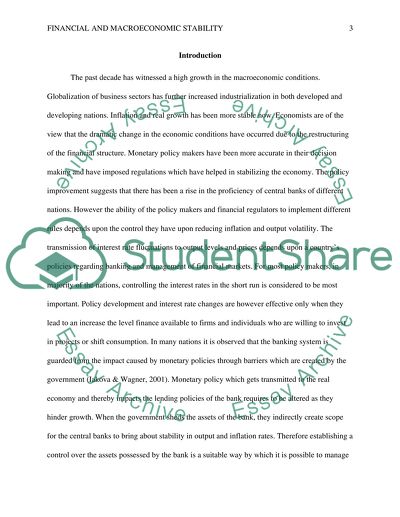Cite this document
(“Financial structure and macroeconomic stability Research Paper”, n.d.)
Financial structure and macroeconomic stability Research Paper. Retrieved from https://studentshare.org/macro-microeconomics/1654457-financial-structure-and-macroeconomic-stability
Financial structure and macroeconomic stability Research Paper. Retrieved from https://studentshare.org/macro-microeconomics/1654457-financial-structure-and-macroeconomic-stability
(Financial Structure and Macroeconomic Stability Research Paper)
Financial Structure and Macroeconomic Stability Research Paper. https://studentshare.org/macro-microeconomics/1654457-financial-structure-and-macroeconomic-stability.
Financial Structure and Macroeconomic Stability Research Paper. https://studentshare.org/macro-microeconomics/1654457-financial-structure-and-macroeconomic-stability.
“Financial Structure and Macroeconomic Stability Research Paper”, n.d. https://studentshare.org/macro-microeconomics/1654457-financial-structure-and-macroeconomic-stability.


